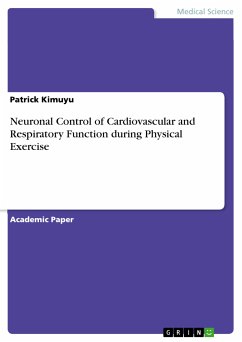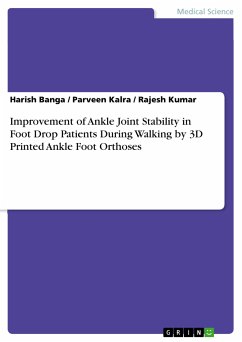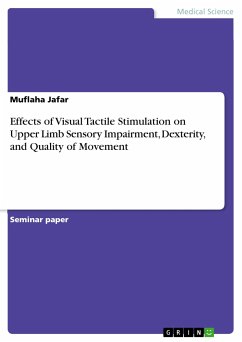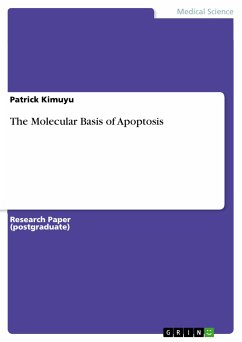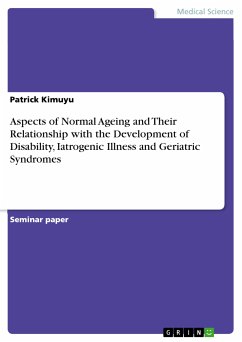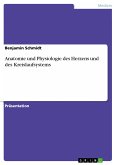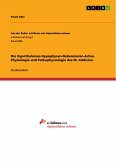Academic Paper from the year 2018 in the subject Medicine - Anatomy, Physiology, Cytology, grade: 1, Egerton University, language: English, abstract: Exercise is an active biological process that involves energy consumption by the active muscles which are involved in physical exercise. This implies that the activity of muscles, primarily skeletal muscles changes considerably during physical exercise compared to the situation experienced during resting when muscles are not engaged in active activities. During any physical exercise including sporting activities such as marathon and cycling, skeletal muscles are fired by the chemical energy from the respiratory sites within the cell; the mitochondria which generate energy in the form of adenosine triphosphate (ATP). Despite the role played by the active muscles during exercise, it is worth noting that the activity of these muscles is controlled by the neuronal system. From a physiological perspective, the neuronal system controls the functioning of the two principal systems involved in energy metabolism. Cellular respiration requires adequate supply of Oxygen and organic molecules such as glucose and fatty acids which are metabolized to generate energy for use by the muscles during exercise. Therefore, this paper will provide a comprehensive discussion on the neuronal control of cardiovascular and respiratory function during exercise.
Dieser Download kann aus rechtlichen Gründen nur mit Rechnungsadresse in A, B, BG, CY, CZ, D, DK, EW, E, FIN, F, GR, HR, H, IRL, I, LT, L, LR, M, NL, PL, P, R, S, SLO, SK ausgeliefert werden.

